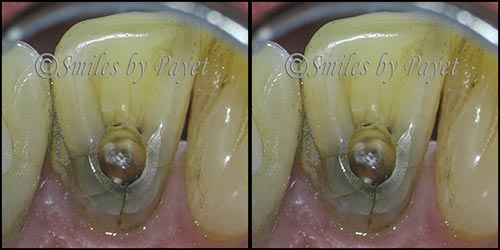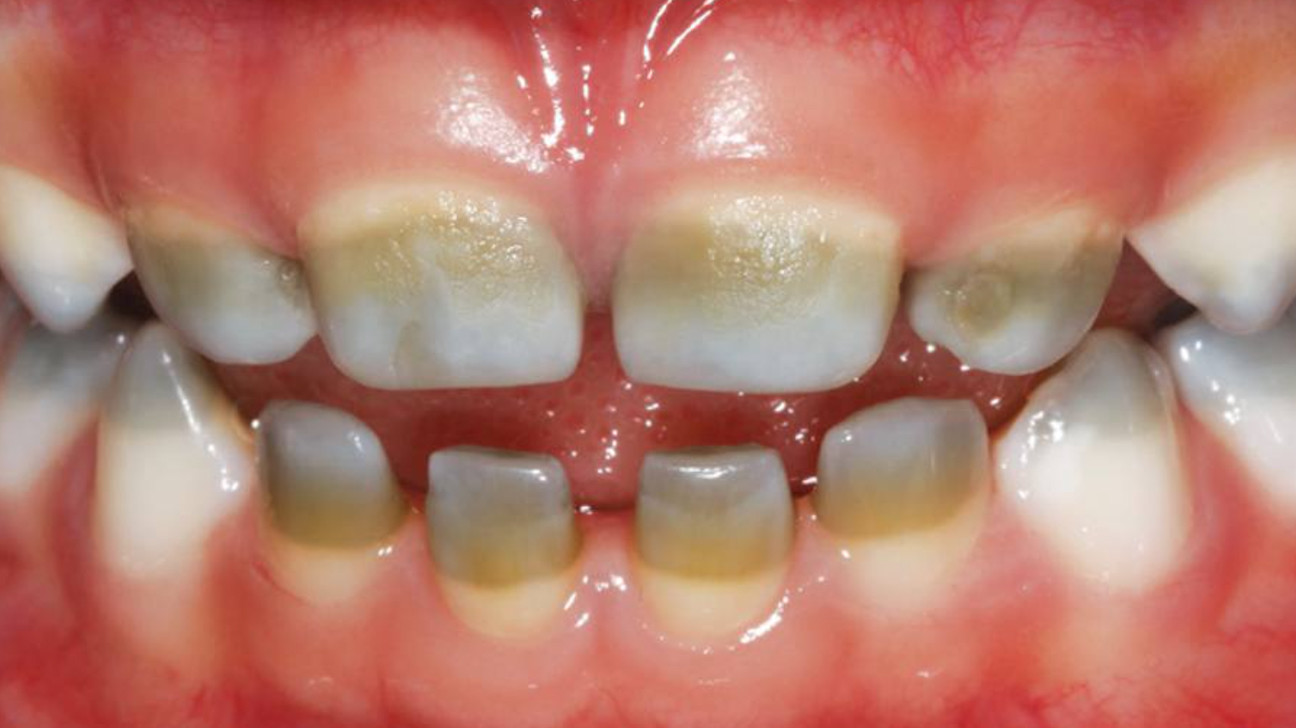

Natural ageing process – our team can wear down or weaken as we get older 4.Abrupt temperature changes, like drinking ice water after eating hot food.A blow to the mouth, like in a sports injury or accident.Teeth grinding or extreme teeth clenching.Biting or chewing hard food, like nuts, ice or boiled sweets, or hard objects.

There are various ways you might crack a tooth.
#Teeth translucent cracking cracked
Read our articles for specific tips and information regarding a cracked molar or cracked front tooth. Root cracks happen below the gum line, typically in the jawbone, and require extraction.Īny of your teeth could suffer from cracks, chips, or damage.Subgingival cracks do extend below the gum line, thus causing pain.Supragingival cracks affect the crown, and normally aren’t painful because they don’t extend below the gum line.Vertical root fracture: Starts below the gum line at the root and extends up. There often aren’t any symptoms or pain until there’s an infection or abscess.Sometimes a portion of the tooth can be saved.



 0 kommentar(er)
0 kommentar(er)
